
Various types of planning are needed depending on how you wish to change your property. Understanding which type of planning is relevant to your plans and what that type of planning requires is essential to the success of your project.
Planning permission is widely misunderstood, often leaving clients feeling as though they are in the dark. Often the laws regarding planning are confusing and in details, confusing clients and consequently at CK Architectural Birmingham, we have developed a network of design, planning and construction professionally to support you right the way through the project helping you understand the process. This means that we can guide those in Birmingham, Wolverhampton, Coventry and surrounding areas through the process of developing your home without missing out any essential steps.
Under UK law the different types of planning are as follow:
- Householder Planning Application
- Full Planning Application
- Outline planning consent
- Reserved Matters
- Listed building consent
- Advertisement consent
- Lawful Development Certificate (LDC)
- Prior notification
Typical Types of Extensions
Rear extensions, both single or double storey extensions, are popular as a way of adding extra living space to the property and raising its value. Extensions of this kind can also be done to the side of the property space permitting. Double storey extensions are a clever way of adding an extra wing to the property, providing space for extra bedrooms or bathrooms.
A wrap around extension on the ground floor level is also a popular type of extensions as it gives homeowners additional open floor space in a typically communal area of the house.
Loft conversions can create a third floor in the home providing a good way to add a master bedroom with an en-suite and extra storage. Dorner windows, either flat room or gabled, can be added to the loft conversion as a way of providing extra light and space but require planning permission. Velux windows can be opted for to add light to the conversion, which are classed as permitted development making the loft conversion less expensive and quicker.
Restrictions
Unfortunately, restrictions do apply in certain circumstances to conservations areas, world heritage sites, sites of specific interest and listed buildings, which are unavoidable.
Additionally, developments over 3m in length, will need to be 3m from the boundary also whereby rights of light for the neighbour will be respected, as well as privacy issues, therefore most windows/opening tend to be on the rear rather than facing the side.
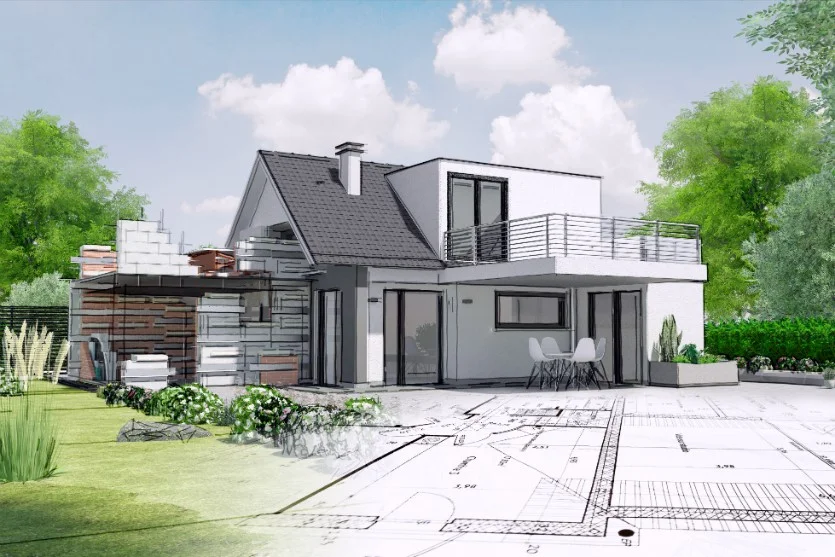
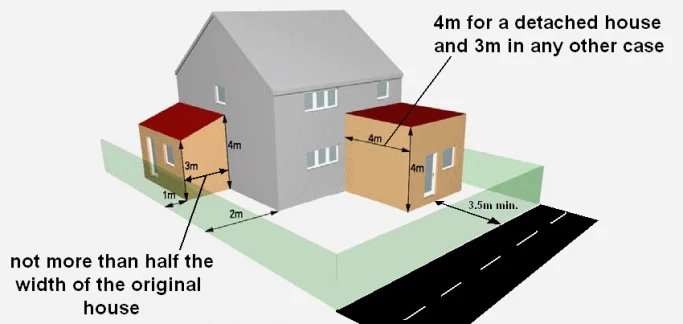
Development at the front of the property must be subservient to the main house and the hight of a single storey can be 4m of original eaves height maximum. For double storey extensions, no close that 7m to rear boundary.
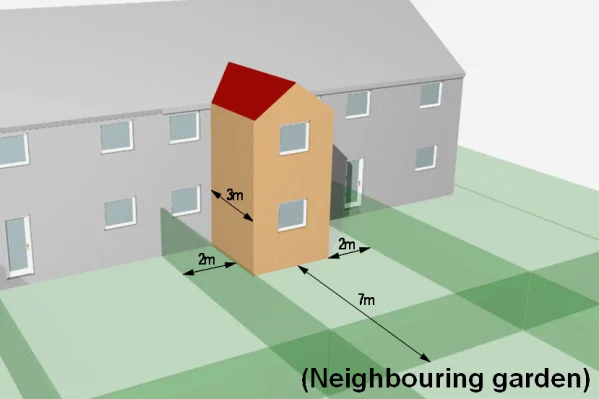
Regulations also state that no more than half the area of land around the “original house” would be covered by additions or other buildings. However, this can be important as if houses were built with detached garages, outbuildings etc in a good plot of land, this can be used as original area, therefore we can gain 30% (argued as permitted development potential) plus another 30% through either permitted development and then the 50% as planning permission. If the house were already extended after 1948 then this would be part of the 30% area allowed under permitted development.
Permitted Development
According to the Planning Portal “The increased size limits for single-storey rear extensions that were previously time limited and due to expire on 30 May 2019 have now been made permanent by government.”
Class A – Extensions (enlargement, improvement or alteration)
This means for both planning and permitted development, the size of extensions has been increased (doubled), 6m for semi detached and terraces houses, 8m for detached. Therefore, a single storey space can be added to the ground floor, offering a great open plan space with glazed openings to the garden (if rear garden space permits), with a maximum 3m second storey addition to form an extra bedroom or 2.
Class B – Additions to the roof
This allows for rear dormers and hip-to-gable extensions if the additional volume created does not exceed 50m3 (40m3 for semis and terraced homes).
Class C – Other alterations to the roof
Class D – Porches
Class E – Buildings etc. (outbuildings)
This allows for an outbuilding to be erected within a residential curtilage if it is sited behind the principal (often the front) elevation, does not cover more than 50% of the curtilage and is not more than 3m in height (4m for a dual-pitched roof; 2.5m where within 2m of a boundary).
If the 6m or 8m single storey rear extension is to be agreed, a certificate of lawful development via prior notification (to the authority and neighbours) is submitted, if there are no objections by either then the certificate can be awarded, and work can commence.
Agricultural Land/Change of Use
Agricultural buildings, like barns and stables, can be converted into residential, (up to 450m²), if the building is structurally capable of being converted without requiring engineering work and providing access can be achieved. Up to five dwellings may be created up to a maximum floorspace of 465m², of which three may be ‘large’ (>100m²), and 2 smaller i.e. 80m². This change of use is subject to prior approval being sought in respect of transport, access, noise assessments, ecology reports, flood risk, may be required by the authority depending on sites and plans for that given site.
Costs
It is hard to estimate the typical cost for extensions because costings vary due to location, size, number of storeys and design specification. However, roughly a typical 3x5m extension would cost around £20k-£30k. If you want a double storey it would rise to around £50k, around the same as a single storey wraparound extension. Larger width rear extensions, large wraparounds, or double storey side extensions with rear single storey rear can be from £60, £80k, 100k +, depending on spec, bifold doors, kitchen layout/cost, what ground works are needed as foundations/structure may need to be improved/built to take the weight of the new extension. For more information regarding
Architects fees can be anywhere from 2 or 3, 5-10% of the build cost depending on level of service desired, to get through design options, planning, building regulations, working drawings (inc electrical/M&E layouts) and project management. A typical £40-60k extension may cost £2-4k in fees depending on option chosen.
If you would like a quote, please email or get in contact and we can do a free initial meeting to explore these opportunities at reasonable fees.

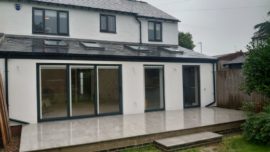
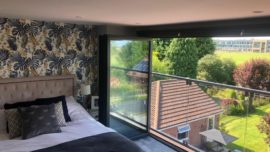
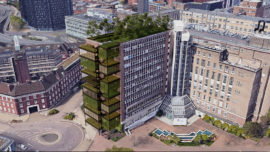

0 comments
Write a comment